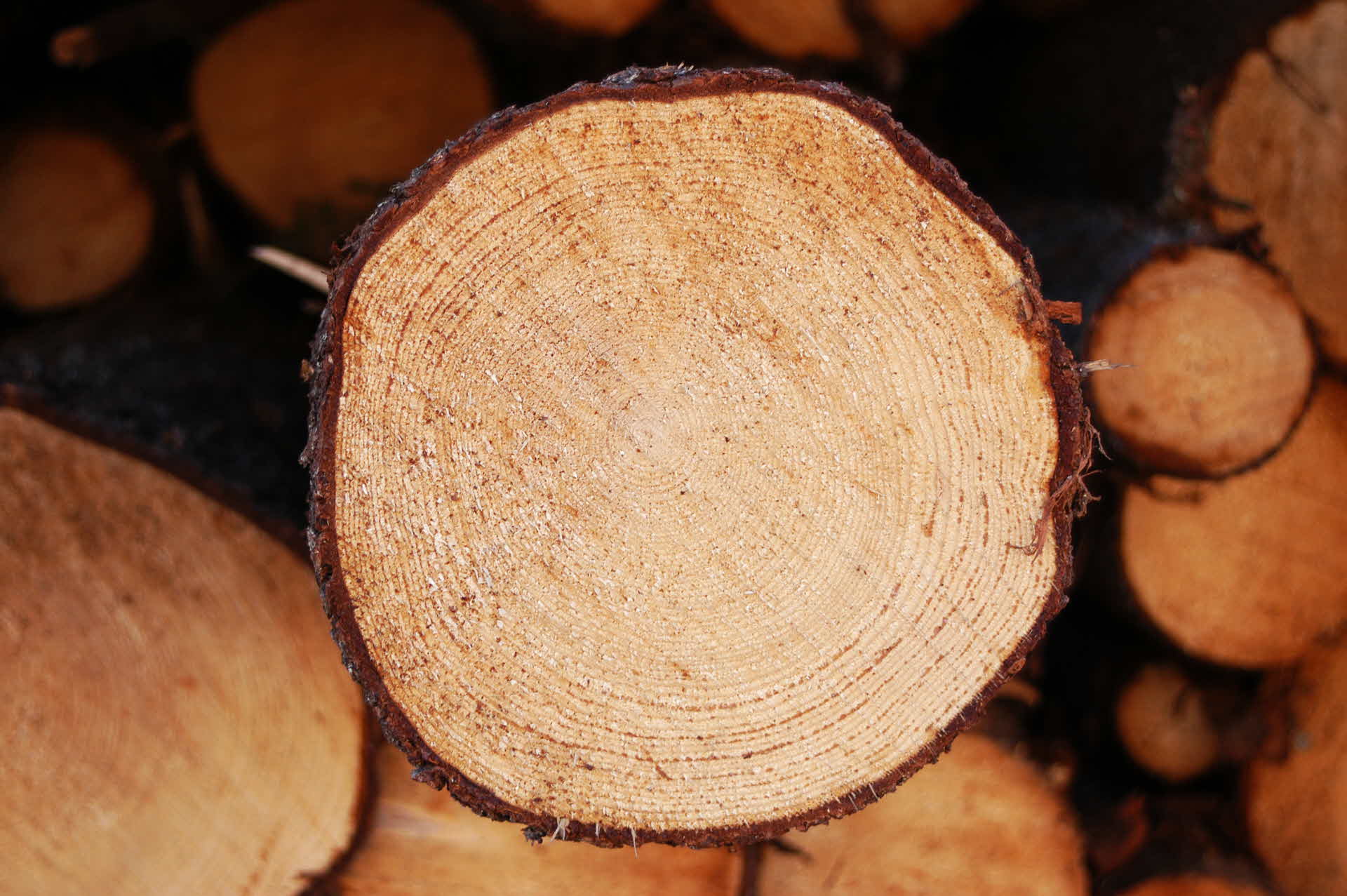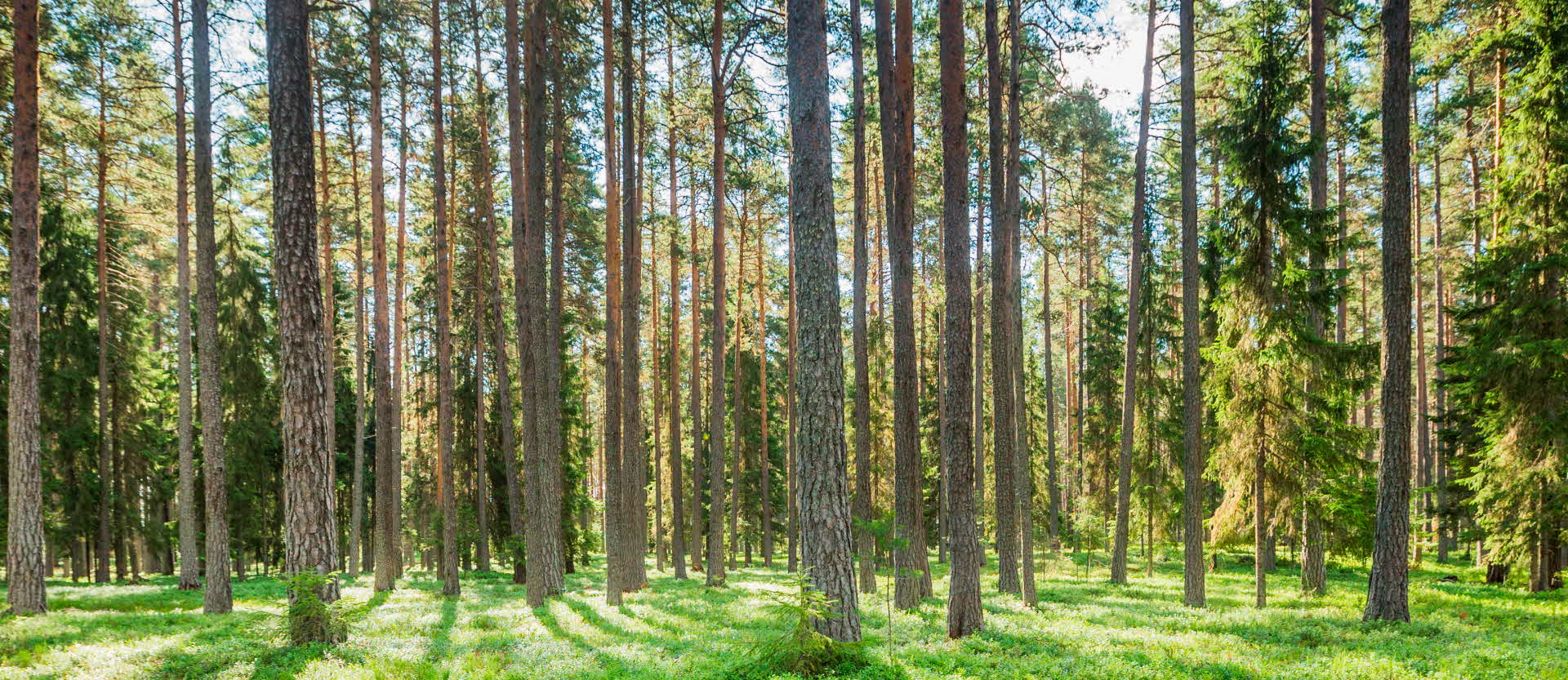
- SUSTAINABILITY
- OUR SUSTAINABILITY PLATFORM
- EFFICIENT USE OF RESOURCES
Efficient use of resources
Nothing should go to waste in our operations. We ensure that the entire tree is used in the best possible way and processed into sustainable products or utilized for energy production. Recycling, reduced emissions and increased energy efficiency are, of course, also important matters.
Supporting sustainability targets and outcome 2024:
Target: High raw material yield in every process.
Outcome: Measured locally per production unit.
Target: Improve energy efficiency through efficiency enhancements of at least 35 GWh per year based on the company’s energy consumption in 2020. (ESAVE program 2020–2025).
Outcome: In 2024, energy efficiency programs were carried out corresponding to 37 GWh.
Target: Reduce specific process water use by 5% and emissions of particles to water by 10% by 2030.
Outcome: In 2024, process water use increased 9% while emissions of particles decreased by 31% compared with the base year of 2020.
Target: 100% recycling/reuse of all nonhazardous waste.
Outcome: 96%.
The foundation of our operations is to maximize the value of the trees we harvest. We ensure that as great a share as possible becomes solid-wood products and optimize benefits from other parts of the tree. Waste streams and by-products also become valuable products for society’s green transition.
Our overall goal for resource efficiency is Zero waste. In addition to constantly enhancing the efficiency of our value chain, we have a particular focus on increasing our energy efficiency and reducing impact on water and air. Increased waste recycling is also key.

